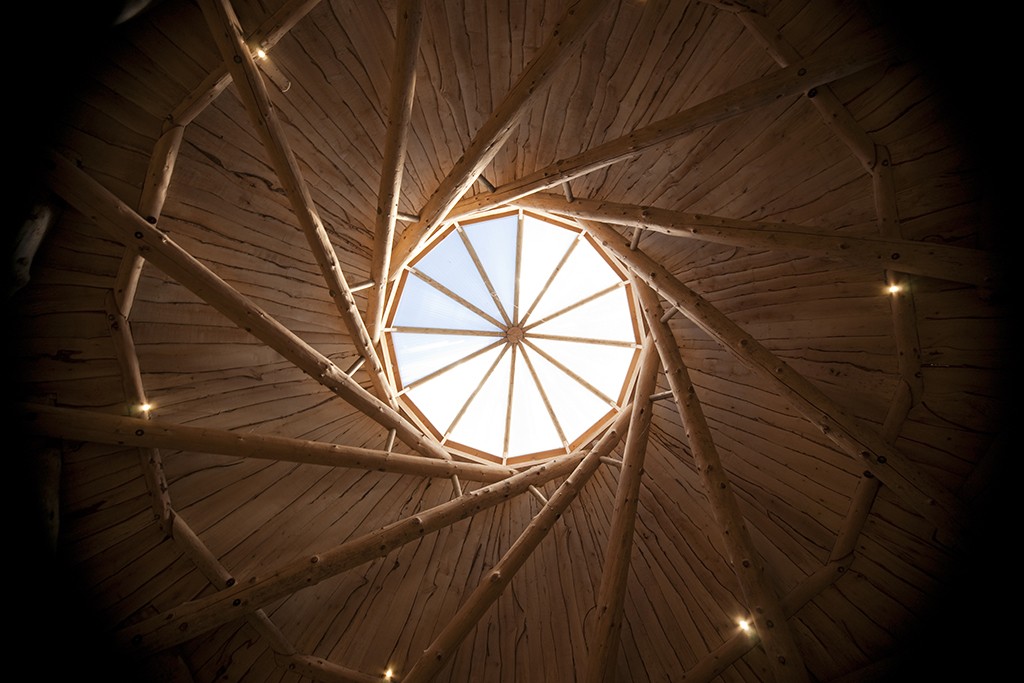University of Lincoln


![]()

New design tools and award-winning sustainable architecture created by researchers at the University of Lincoln are helping the construction industry reduce the massive environmental impact of building.
Roughly half of all carbon emissions in the UK come from the use of buildings while the construction process itself is the most energy-hungry of all manufacturing sectors. Government and industry has made it a priority to tackle construction’s environmental burden, and are looking to researchers and architects to deliver the low-carbon buildings of tomorrow. This is an emerging field which the Centre for Architectural Research at the University of Lincoln has produced pioneering work.
For example, in 2005 the Lincoln School of Architecture initiated a pioneering Knowledge Transfer Partnership with Hill Holt Wood Social Enterprise, funded by the then Department of Trade and Industry. The partnership, initially envisaged as providing a challenge for undergraduate students, developed into a fully-fledged consortium which resulted in the construction of Woodland Community Hall at Hill Holt Wood using low energy design principles. The Hall has been recognised as one of the finest examples of sustainable architecture in the UK. It has received a string of national accolades including a Lord Stafford Award for Innovation in Environmental Sustainability and a Green Apple for the Built Environment and Architectural Heritage Champion of Champions Award.
Throughout its construction, the team worked alongside mainstream construction companies and local government bodies as part of a wider strategy to raise public awareness and show that eco-homes and buildings did not need to be seen as a highly specialised subset of construction.
Professor Sodagar, the Centre’s Director, also helped found the Construction Emissions Community of Practice, a voluntary and inclusive group of consultants and academics which worked on developing protocols for calculating and understanding the carbon footprint of buildings. The group’s work won a Royal Institute of British Architects award in 2008.
The team is currently devising new methodologies and design tools to accurately predict the environmental performance of buildings. These advances are enabling developers to calculate the carbon emission costs of buildings across their full life cycle.




